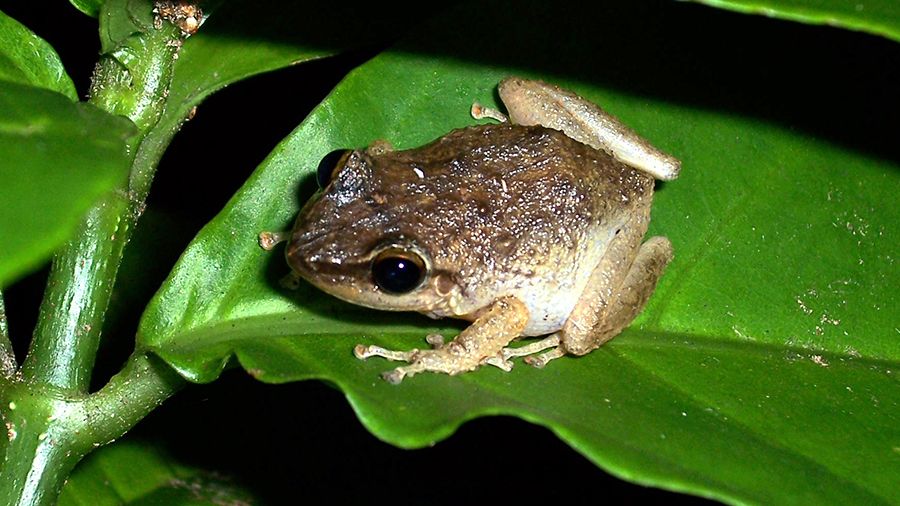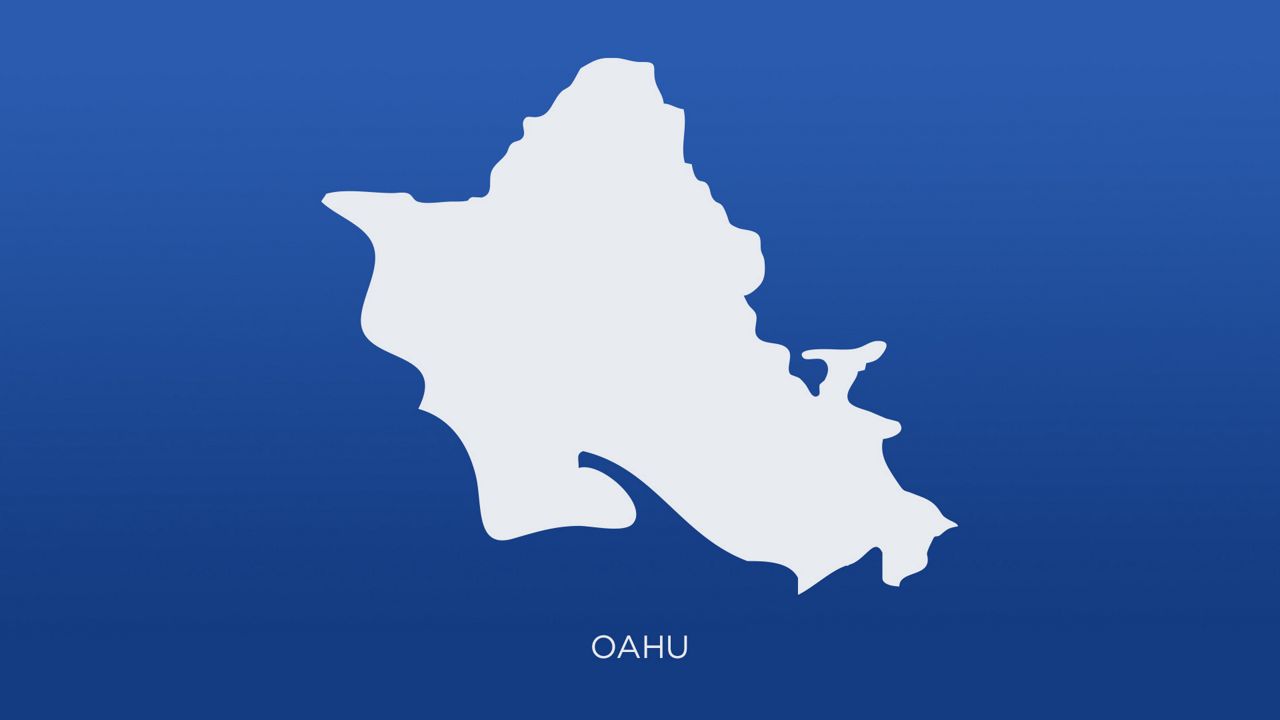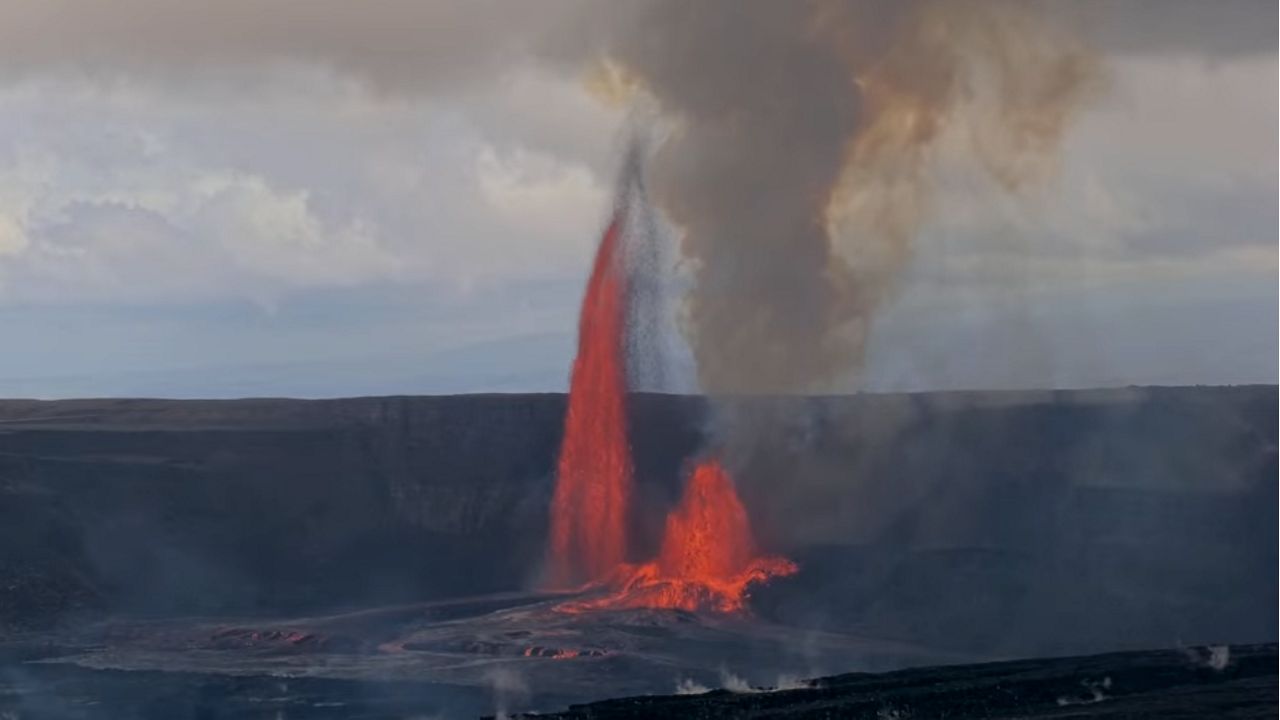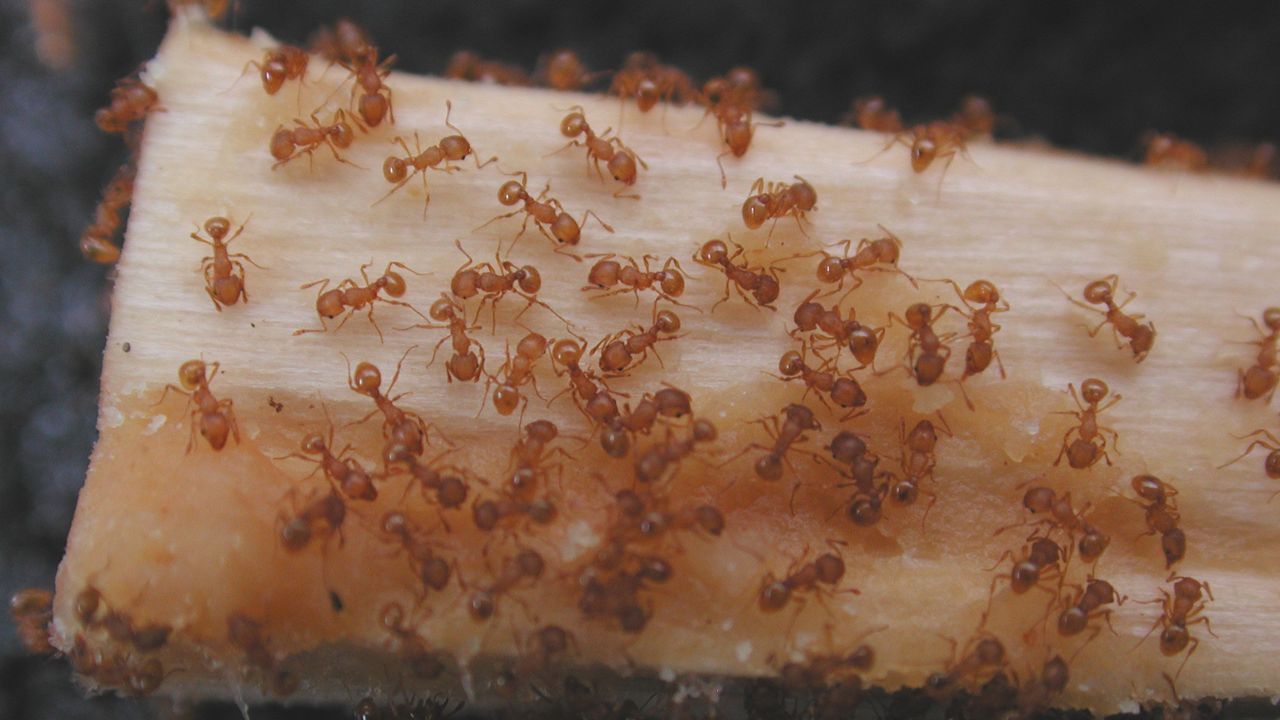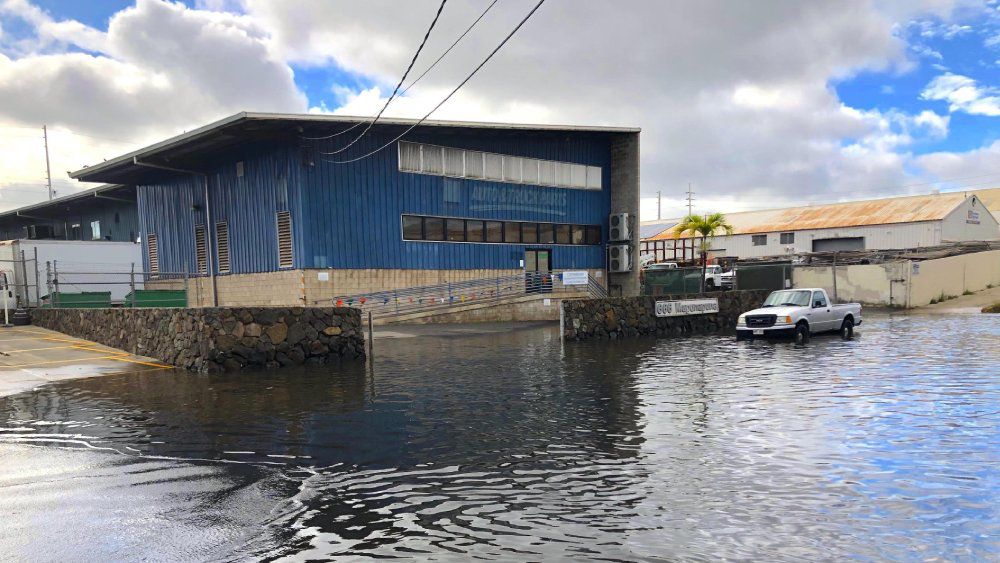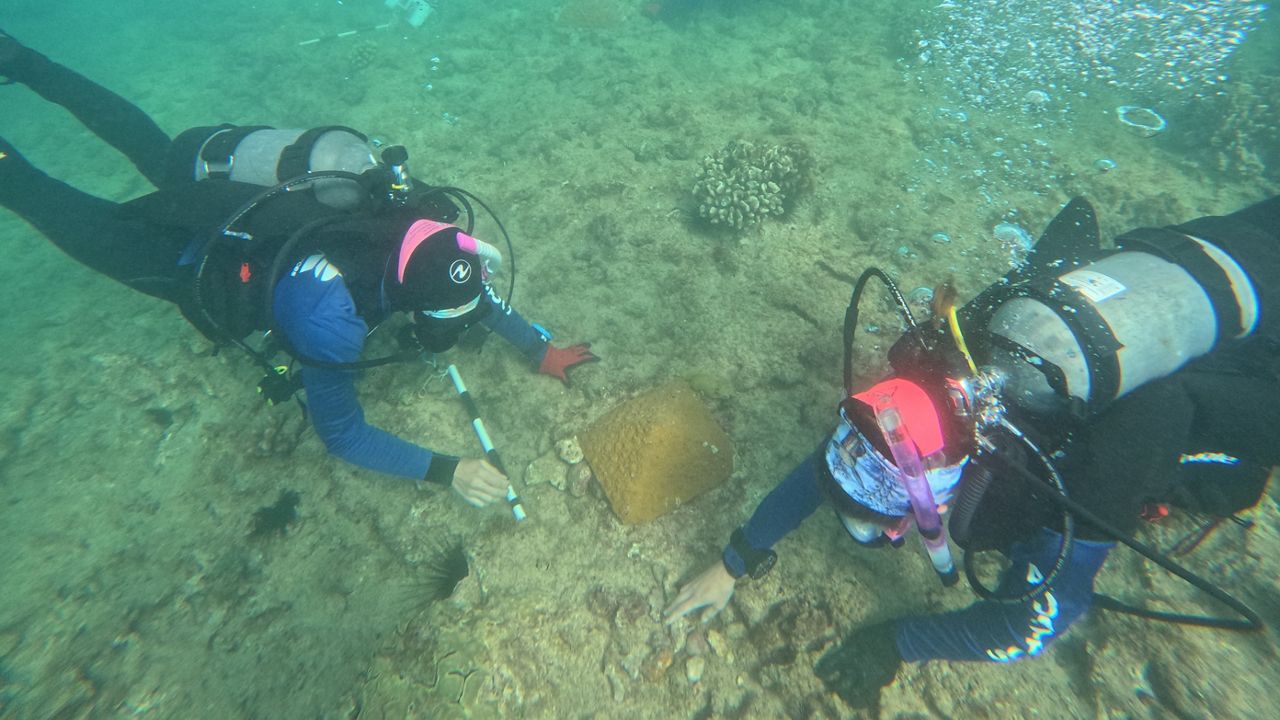DLNR’s Division of Forestry and Wildlife plans to use drones to deploy a citric treatment to combat invasive coqui frogs that have established themselves below the Kuliouou summit on Oahu.
In June, an individual reported to the Department of Agriculture the distinct chirp of a coqui about 200 meters below the summit of Kuliouou Ridge Trail on the leeward side of the mountains, according to a DLNR news release.
DOFAW and the Oahu Invasive Species Committee surveyed the area, concluding that coqui frogs were spread across 13 acres of forest below the Kuliouou summit.
The remote area, with steep slopes, prevents crews from using a traditional hose-based spray system to deliver a non-toxic citric food additive mixed with water to control the frogs.
Instead, DOFAW contracted Aloha Aina Drones, a Hilo-based company, to apply the citric treatment at these higher elevations.
The frogs breathe through their skin, so they are highly sensitive to chemical contact and the spray solution will kill coqui frog eggs, juveniles and adults, according to DLNR.
Coqui frogs are nocturnal tree frogs, spanning 1 to 2 inches. They make a distinctive “KO-kee” sound, which can reach up to 95 decibels. Coqui frogs have enormous appetites, eating Hawaii’s insects and spiders. They can also compete native birds and fauna who rely on insects for food and with native flora which rely on insects for pollination.
They were accidentally introduced to Hawaii Island in the 1980s, where they reach densities two to three times higher than in their native Puerto Rico since they have no natural predators. The frogs have been found in small numbers on Oahu, Maui, and Kauai.
To date, coqui frogs have not been detected at lower elevations on the leeward side of Oahu’s Koolau Mountains. DLNR asks Kuliouou residents and hikers to listen for frog calls and report them. Pest reports can be submitted online at 643pest.org or by calling the 643-PEST telephone hotline.
DOFAW and OISC staff will attend the Oct. 2, 2024, meeting of the Kuliouou Neighborhood Board to share information and answer questions about this project.





